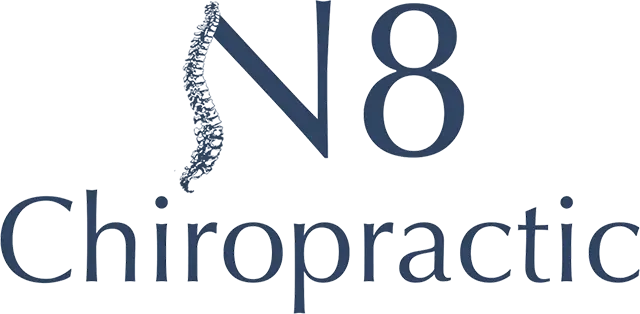The human body is a fascinating and intricate system of bones, muscles, and joints that work together to provide structure, support, and movement. One crucial yet often overlooked set of joints in the lower back region is the sacroiliac joints (SI joints). These joints play a pivotal role in maintaining stability, transferring loads, and facilitating motion between the spine and the pelvis. This blog will explore the anatomy, function, common issues, and ways to maintain SI joint health.
Anatomy of the Sacroiliac Joints
The sacroiliac joints are two paired joints located on either side of the sacrum, the triangular bone at the base of the spine, between the two hip bones (ilium). They are classified as synovial joints, which means they have a joint capsule filled with synovial fluid that lubricates the joint surfaces. The SI joints have limited mobility compared to other joints in the body, as their primary purpose is to provide stability and support for the spine and upper body.
The function of the Sacroiliac Joints
The main functions of the sacroiliac joints include:
Load Transmission
They transfer the upper body’s weight to the pelvis and lower extremities, helping maintain balance and distribute forces during various activities.
Shock Absorption
The SI joints have a slight amount of movement, which allows them to absorb shock and reduce the impact on the spine during walking, running, or jumping.
Stability
These joints provide essential stability to the pelvis, allowing for efficient lower-body movement and a solid foundation for the spine.
Common Issues with the Sacroiliac Joints
While the SI joints are built to withstand a significant amount of stress, they are still susceptible to various issues, which can lead to pain and discomfort. Some common problems associated with the sacroiliac joints include:
Sacroiliac Joint Dysfunction:
This condition occurs when there is an abnormal alignment or excessive movement in the SI joints, leading to pain in the lower back, and buttocks, sometimes radiating down the legs. It can result from injuries, pregnancy, arthritis, or muscle imbalances.
Sacroiliitis
Sacroiliitis refers to inflammation of the SI joints, which can be caused by infections, autoimmune disorders, or degenerative conditions like ankylosing spondylitis. It typically results in localized pain and stiffness.
Sacroiliac Joint Syndrome
This is a broad term used to describe various conditions affecting the SI joints, leading to pain and discomfort. It often requires a thorough evaluation to determine the underlying cause accurately.
Maintaining Sacroiliac Joint Health
Taking care of your SI joints is essential for overall spine health and mobility. Here are some tips to maintain sacroiliac joint health:
- Regular Exercise: Engage in activities that promote core strength, flexibility, and balanced muscle development to support the SI joints and the surrounding structures.
- Proper Posture: Maintain good posture during daily activities, whether sitting, standing, or lifting heavy objects, to reduce unnecessary stress on the SI joints.
- Avoid Prolonged Immobility: If you have a sedentary job, take regular breaks to stretch and move around to prevent stiffness in the lower back and pelvis.
- Use Proper Lifting Techniques: When lifting heavy objects, use your legs and keep your back straight to minimize strain on the SI joints.
- Consult a Professional: If you experience persistent or severe lower back pain or suspect SI joint issues, consult a healthcare professional or a physical therapist for proper evaluation and personalized treatment.
Conclusion
The sacroiliac joints may not be as well-known as other major joints in the body, but they play a crucial role in supporting the spine and enabling smooth movement. Understanding their anatomy, function, and potential issues can help us take better care of these joints, ensuring a healthier and more active lifestyle. Remember, if you experience any discomfort or pain in the lower back or pelvis, don’t hesitate to seek professional advice to address the problem promptly.
Every individual is unique, and so are their health needs. Visit N8 Chiropractic Clinic to address sacroiliac joint issues and receive practical solutions to alleviate pain, improve function, and enhance overall spinal health.
References:
https://www.mayoclinic.org/diseases-conditions/sacroiliitis/multimedia/sacroiliac-joints/img-20005962#:~:text=The%20sacroiliac%20joints%20link%20the,the%20upper%20body%20when%20standing.
https://www.ncbi.nlm.nih.gov/books/NBK507801/






